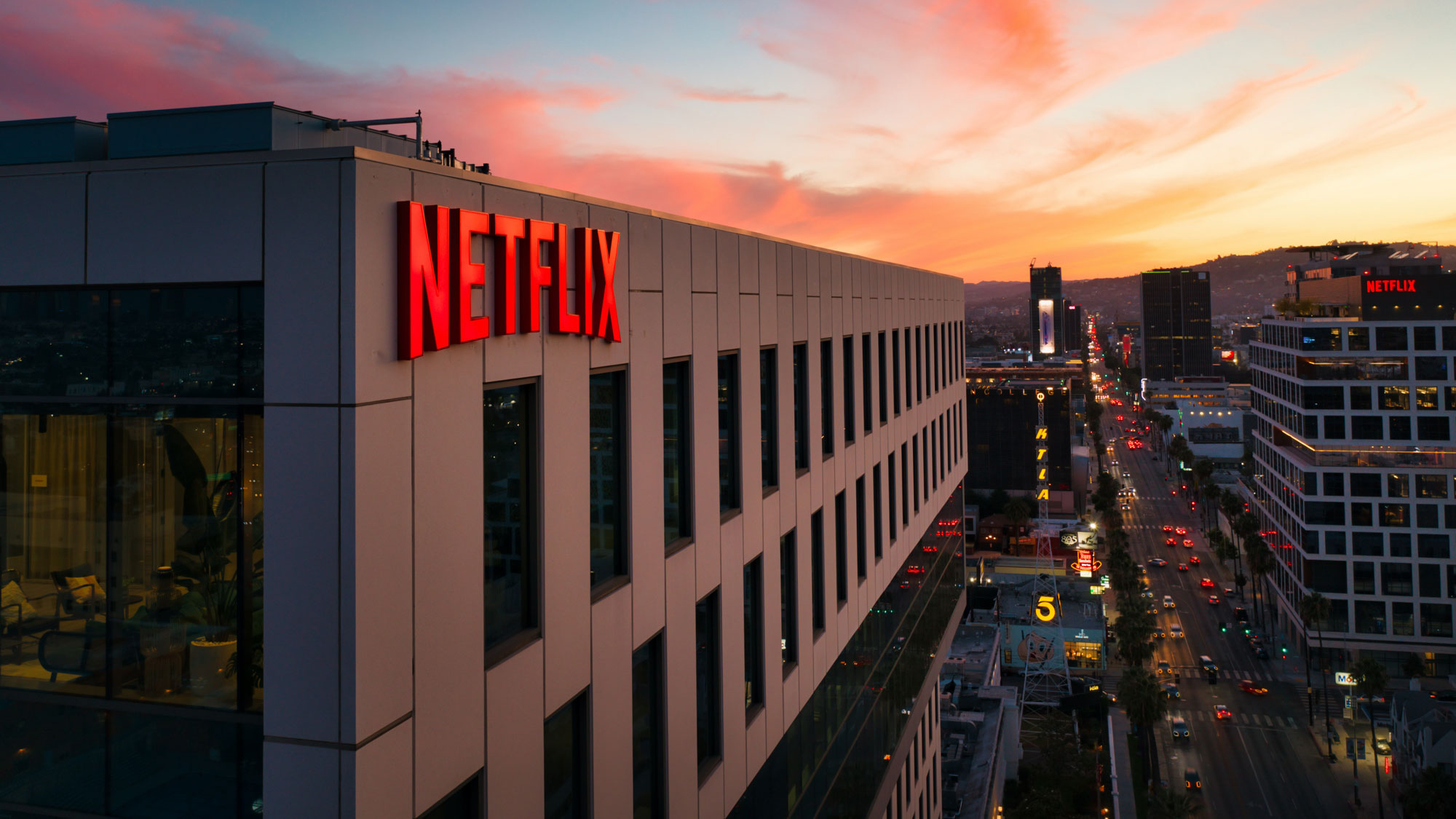



The idea that every company must become a technology company to succeed in today’s highly digital world is a common one. Adapting to the fast-paced digital world is increasingly becoming a deciding factor for the feat or failure of a company.
If you look around you, you’ll agree that not all companies have made the technological transition with ease and poise. Some struggled, others withered away, and yet others made it big. There are certainly some companies that have done better than others in terms of technological transition.
The competitive environment in every industry has seen trends wherein certain disruptors have outdone non-innovators or those who did not adopt technology at the pace it is changing. On the other hand, the online world, data, artificial intelligence, and other transformative trends have brought opportunities for long-established brands that have managed to stay relevant in the changing world of the internet.
In this blog, we’ve collated a list of the top 10 brands or companies around the world that have effectively transitioned from the analog to the digital world and have embraced technological innovations and their by-products in a praiseworthy manner.
Tough Netflix gained popularity in the mid 2000s. The company was founded in 1997 by American entrepreneurs Reed Hastings and Marc Randolph as a media-streaming and video-rental company. The company has successfully learnt the rules of the fast-changing digital world and customised its products and services to serve modern-day viewers.
The Swedish furniture brand is perhaps one of the few companies that have successfully gone digital—one example of how digital transformation can reshape a traditional enterprise. IKEA has been leveraging new technologies to improve its customers’ shopping experience and optimize its costs.
Starbucks operated for several decades before data-driven mobile ordering applications changed the café sector. The firm stays digitally relevant by concentrating on innovation and stressing on tech innovations like AI-powered tailored product offerings and discounts, through its mobile app-based ordering and loyalty program.
Another example is cosmetics giant L’Oréal. The company transitioned from being a regular cosmetic company to embracing digital transformation and becoming more consumer-centric. Today, the brand offers augmented reality solutions that let customers try out products in their homes via their smartphone cameras. That is just one example of how the company has embraced technological offerings to better their business.
Following the disruption of the movie and television industries by Netflix and Amazon Prime, Disney developed its own streaming entertainment channels. As a result, after gradually degrading, it was able to swiftly gain popularity.
Few people are aware that, despite becoming a household brand in 2008, PayPal struggled for a while to reinvent its services. PayPal’s dominance decreased as competitors capitalised on in-store purchases and mobile payment technology. That is when, in order to adapt to new technologies, PayPal purchased and partnered with firms that specialise in newer payment sectors in recent years.
Nike has developed and is continuing to build an advanced digital strategy centred on reclaiming control of its own retail operations in order to increase its capacity to analyse consumer data. That’s how the footwear giant made a strong comeback—on the back of all things digital.
Since its inception 128 years ago, the yellow-bordered National Geographic magazine has been a known brand across the globe. But, because of digitisation, the magazine was on the verge of extinction a couple of decades ago. That is when National Geographic underwent a huge restructuring in order to broaden its media outlets. As a result, the firm today serves as an excellent model for others to follow.
LEGO has a remarkable tale about its digital comeback to tell. The firm was on the threshold of bankruptcy in 2004. The corporation then changed its digital tactics and went along a path that has kept it relevant in rapidly changing times.
McDonald’s spirit of invention, which pioneered the fast-food restaurant idea and the drive-through, is still at work in the digital era. As a result, it is also one of the worldwide brands that fared pretty well during the global epidemic. In 2014, the firm established a dedicated team for digital innovation and has never looked back since.
Don’t forget to share this post!
We use cookies to enhance your experience on our website. If you continue using this website, we assume that you agree with these. Learn more.


